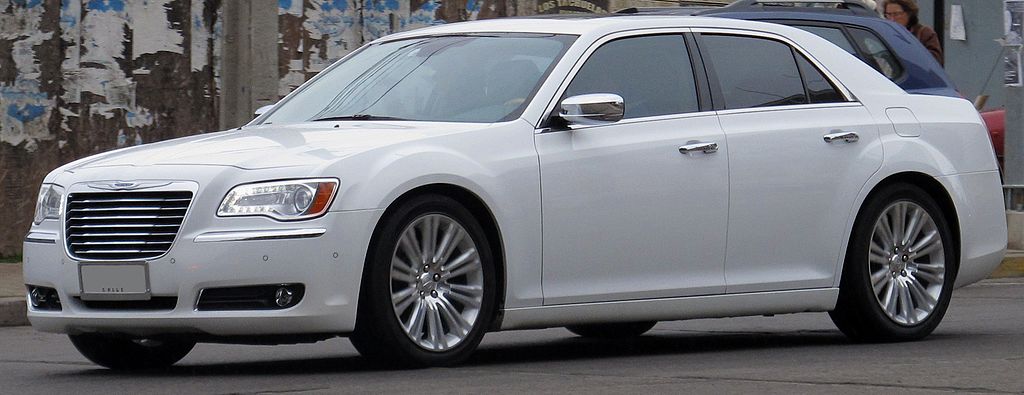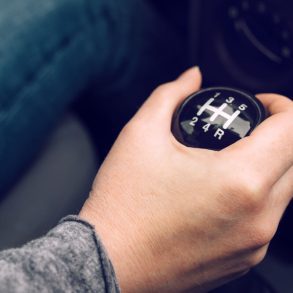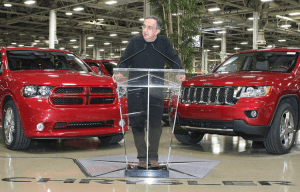
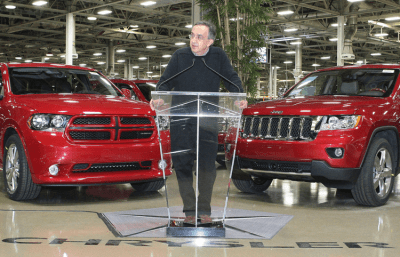 When Fiat took control of Chrysler in 2009, Fiat-Chrysler CEO Sergio Marchionne drew an ambitious five-year turnaround plan for the bankrupt American automaker, promising better product, improved quality, higher sales and profitability and independence of government ownership by 2014. On May 6th, a new five-year plan will be announced, which means it is time to look back at the previous plan and see how the company has fared in the past half decade.
When Fiat took control of Chrysler in 2009, Fiat-Chrysler CEO Sergio Marchionne drew an ambitious five-year turnaround plan for the bankrupt American automaker, promising better product, improved quality, higher sales and profitability and independence of government ownership by 2014. On May 6th, a new five-year plan will be announced, which means it is time to look back at the previous plan and see how the company has fared in the past half decade.
Worldwide sales
Marchionne promised to more than double Chrysler Group sales from 1,3 million units in 2009 to 2,8 million sales in 2014. These numbers may be a bit misleading, as 2009 was a disastrous year for Chrysler, and a two month production shut down during its Chapter 11 bankruptcy procedure didn’t help either. But still, when comparing the 2014 goal with the 2008 score of 2 million sales, it would still mean a 40% increase in 6 years.
In 2013, Chrysler Group worldwide sales increased 9% to 2,4 million. In order for the 2014 target to be met, sales would have to grow another 16,7% this year. This target was reiterated in the 2013 financial report, so Chrysler itself is still confident the goal will be reached. In the first quarter of 2014, Chrysler Group US sales, which represent three quarters of the company’s worldwide sales, where up 11,1% on 2013, so the company probably needs to increase its momentum in order to reach the 2,8 million sales.
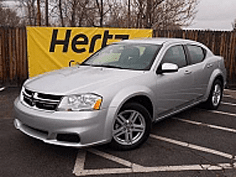 On a more positive note: Chrysler’s dependence on fleet sales in the United States has decreased from 39% of total US sales in the first half of 2010 to 23% in the first quarter of 2014, on par with its across-town rivals General Motors and Ford. As sales to daily rental companies are much less profitable for an automaker, and could hurt the brand image in the longer term, an increased retail mix is important for the bottom line.
On a more positive note: Chrysler’s dependence on fleet sales in the United States has decreased from 39% of total US sales in the first half of 2010 to 23% in the first quarter of 2014, on par with its across-town rivals General Motors and Ford. As sales to daily rental companies are much less profitable for an automaker, and could hurt the brand image in the longer term, an increased retail mix is important for the bottom line.
Operating margin
The goal for this bottom line was set at a 7,7% operating margin in 2014, which would be the first time since 1997 that Chrysler would reach such a high level of profitability. Coincidentally, 1997 happens to be the last full year before the acquisition by Daimler-Benz. For the full year 2013, Chrysler’s operating margin was stable compared to 2012, at 4,4%, although operating margin in the fourth quarter of 2013 increased to 5%. In its 2013 financial report, Chrysler published a lowered 2014 goal of 4,6% to 5% of revenue.
Still, this would be an impressive feat, considering the company lost $ 652 million in 2010, earned its first post-bankruptcy profit in 2011 and saw its income increase every year since, to $ 2,8 million in 2013.
Efficiency and productivity at Chrysler’s production plants have improved dramatically thanks to the implementation of Fiat’s World Class Manufacturing System, which has reduced production costs and therefore increased the company’s profits.
US market share
One of the most challenging goals set in 2009 was to increase Chrysler Group’s US market share from 8.9% in 2009 to 13% in 2014. And surprisingly, it looks like they are going to make it. Market share has increased every single year as Chrysler has increased its year-over-year US sales for 48 consecutive months and running. As a result, the company’s US market share stood at 12,7% in the first quarter of 2014.
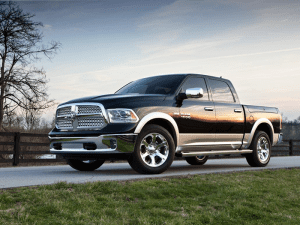
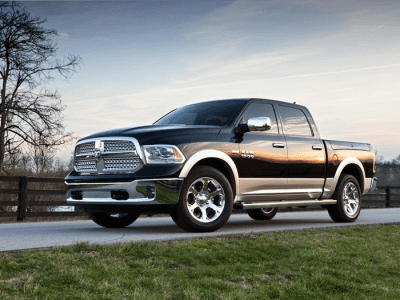 One side note has to be made in regard to Chrysler Group’s US sales, and that is the company’s heavy dependence on pick-up trucks and SUV’s. The RAM 1500 pick-up truck has been a runaway success since the model change, and the upcoming diesel engine will continue to build upon this winning streak. The Jeep line-up, with the redesigned Grand Cherokee and new generation Cherokee have been launched successfully as well, but Chrysler’s car line-up is still struggling to gain traction in the market place. The compact Dodge Dart has been unable to meet sales expectations and the new generation midsized sedan Chrysler 200 may be a huge improvement on the outgoing model, it’s still far off the segment leaders. The rest of the Groups line-up of cars is aging and losing momentum quickly.
One side note has to be made in regard to Chrysler Group’s US sales, and that is the company’s heavy dependence on pick-up trucks and SUV’s. The RAM 1500 pick-up truck has been a runaway success since the model change, and the upcoming diesel engine will continue to build upon this winning streak. The Jeep line-up, with the redesigned Grand Cherokee and new generation Cherokee have been launched successfully as well, but Chrysler’s car line-up is still struggling to gain traction in the market place. The compact Dodge Dart has been unable to meet sales expectations and the new generation midsized sedan Chrysler 200 may be a huge improvement on the outgoing model, it’s still far off the segment leaders. The rest of the Groups line-up of cars is aging and losing momentum quickly.
Independence
Chrysler paid off the government loans that kept it afloat during the Chapter 11 bankruptcy procedure by refinancing at a much lower rate in the private sector, therefore the company has been freed of the stigma and is able to look ahead. Fiat has also acquired the UAW’s Retiree Health Care Trust stake, as a result of which Fiat is able to continue the integration of the two companies. This will lead to economies of scale and therefore benefit both companies financially.
So much for the hard financial results, let’s look at what else has changed in the past five years.
Quality
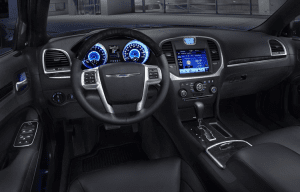
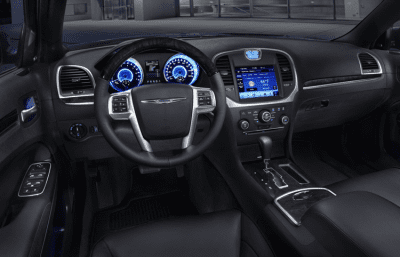 One of the top things of Marchionne’s to-do list was to improve the quality and look-and-feel of Chrysler’s interiors, and this is exactly where they have made a huge improvement. The hard plastics and mouse-gray interiors have been replaced by soft-touch plastics on surfaces the occupants will touch and pleasing, innovative dashboard styling.
One of the top things of Marchionne’s to-do list was to improve the quality and look-and-feel of Chrysler’s interiors, and this is exactly where they have made a huge improvement. The hard plastics and mouse-gray interiors have been replaced by soft-touch plastics on surfaces the occupants will touch and pleasing, innovative dashboard styling.
The Uconnect infotainment system with a 8.4-inch touch-screen which has been installed in most of Chrysler Group’s vehicles, has been praised by both press and public for its user friendliness and trouble-free operations, exactly the issues that the competing MyFord Touch system is struggling with.
Besides improving the perceived quality, Chrysler also reduced its warranty costs by more than 60%, a clear sign of improved vehicle durability. This is another result of the implementation of Fiat’s World Class Manufacturing system in Chrysler’s factories, which has been part of a cultural change in the company. A change towards worker involvement in quality and productivity.
Design
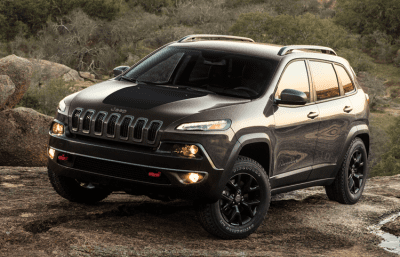 Interior design has already been mentioned, but exterior design has shown some
Interior design has already been mentioned, but exterior design has shown some 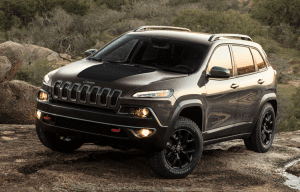 great improvements as well, or at least some bold moves which seem to pay off for the company. The Jeep Cherokee for example, which has been a departure from the boxy Liberty it replaces, features a polarizing “love-it-or-hate-it” design, but so far it has proven to strike a chord with consumers. The model has racked up over 60.000 US sales in the just five months it has been on the market.
great improvements as well, or at least some bold moves which seem to pay off for the company. The Jeep Cherokee for example, which has been a departure from the boxy Liberty it replaces, features a polarizing “love-it-or-hate-it” design, but so far it has proven to strike a chord with consumers. The model has racked up over 60.000 US sales in the just five months it has been on the market.
The new generation Chrysler 200 is a huge step forward from the bland rental car that preceded it, and the Dodge Durango, Jeep Grand Cherokee and Ram 1500 pick-up truck all have been well received by critics and consumers thanks to their bold yet good-looking design.
Powertrains
The 3,6 liter Penta-star V6 engine mated to the eight-speed automatic transmission that is featured in most of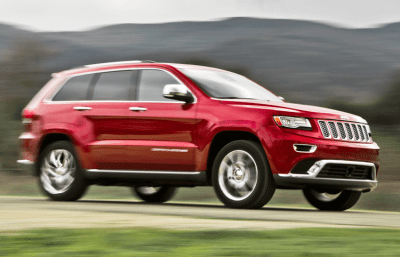 Chrysler’s rear-wheel drive vehicles
Chrysler’s rear-wheel drive vehicles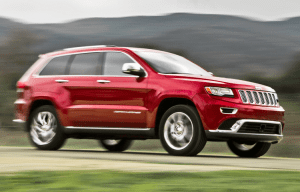 gives these cars competitive or even class-leading performance, refinement and fuel economy. Chrysler’s move to offer the Jeep Grand Cherokee and Ram 1500 pick-up truck with a V6 diesel engine in North America has been audacious, but appears to be a winning bet, as Americans are warming to the thought of a diesel engine in a passenger car.
gives these cars competitive or even class-leading performance, refinement and fuel economy. Chrysler’s move to offer the Jeep Grand Cherokee and Ram 1500 pick-up truck with a V6 diesel engine in North America has been audacious, but appears to be a winning bet, as Americans are warming to the thought of a diesel engine in a passenger car.
However, small cars and small engines remain one of the company’s stumbling blocks, as Chrysler has overestimated the North American acceptance of the fuel efficient dual clutch transmission, and the Dodge Dart is criticized by press and public for its sluggish engines.
Dealers
United States Chrysler group dealers currently celebrate their highest profitability in decades, according to the National Chrysler Dealer Council. They have also returned to receiving a goodwill premium when a dealership is sold, something that hasn’t been the case since the bankruptcy and the following restructuring of the dealership body.
The improved quality has reduced dealers’ reliance on warranty work, but increased sales have brought in new customers, which are much more profitable when they buy parts, accessories, finance & insurance and return for regular maintenance.
Final score
In the final year of Marchionne’s five-year plan with Chrysler, most of the targets are likely to be met or at least come close to being met. Product quality and design has been greatly improved, sales have dramatically increased, long-term profitability has been re-established, government loans have been paid off and Fiat has consolidated Chrysler into its balance sheet.

 As I have written before, with Chrysler Group back on track, the end of Marchionne’s term as a company savior would be obvious. Except for one little problem: there’s still a lot of work to be done in Fiat Group’s European operations, with Alfa Romeo’s fourth revival plan in as many years, Lancia’s possible withdrawal to its home market Italy, and a Fiat brand that has lost almost half of its European sales volume in four years time. Maserati’s recent revival looks promising, so I’m curious to see how the Marchionne-magic is going to work out for the Italian brands. Let’s just hope he still keeps his eyes on Chrysler as well…..
As I have written before, with Chrysler Group back on track, the end of Marchionne’s term as a company savior would be obvious. Except for one little problem: there’s still a lot of work to be done in Fiat Group’s European operations, with Alfa Romeo’s fourth revival plan in as many years, Lancia’s possible withdrawal to its home market Italy, and a Fiat brand that has lost almost half of its European sales volume in four years time. Maserati’s recent revival looks promising, so I’m curious to see how the Marchionne-magic is going to work out for the Italian brands. Let’s just hope he still keeps his eyes on Chrysler as well…..

